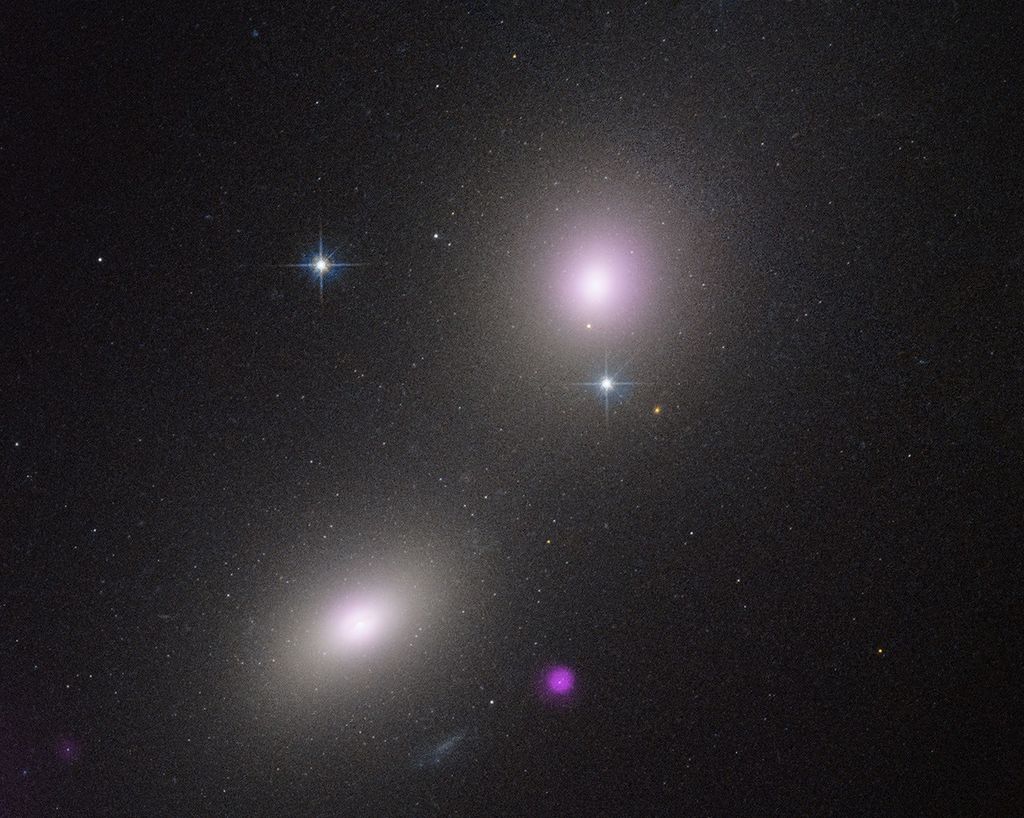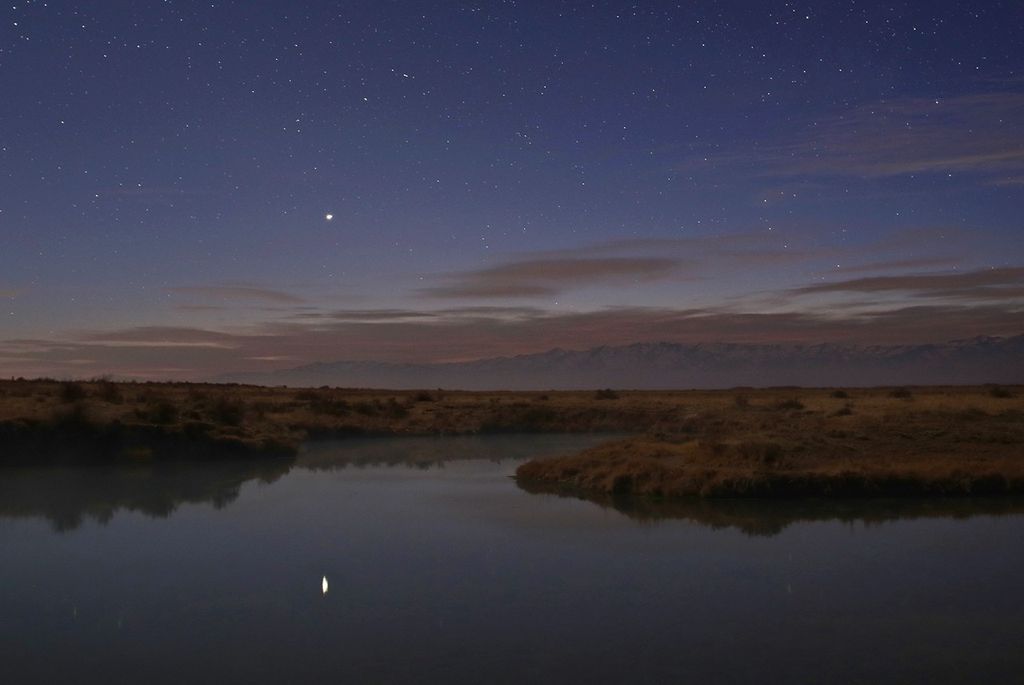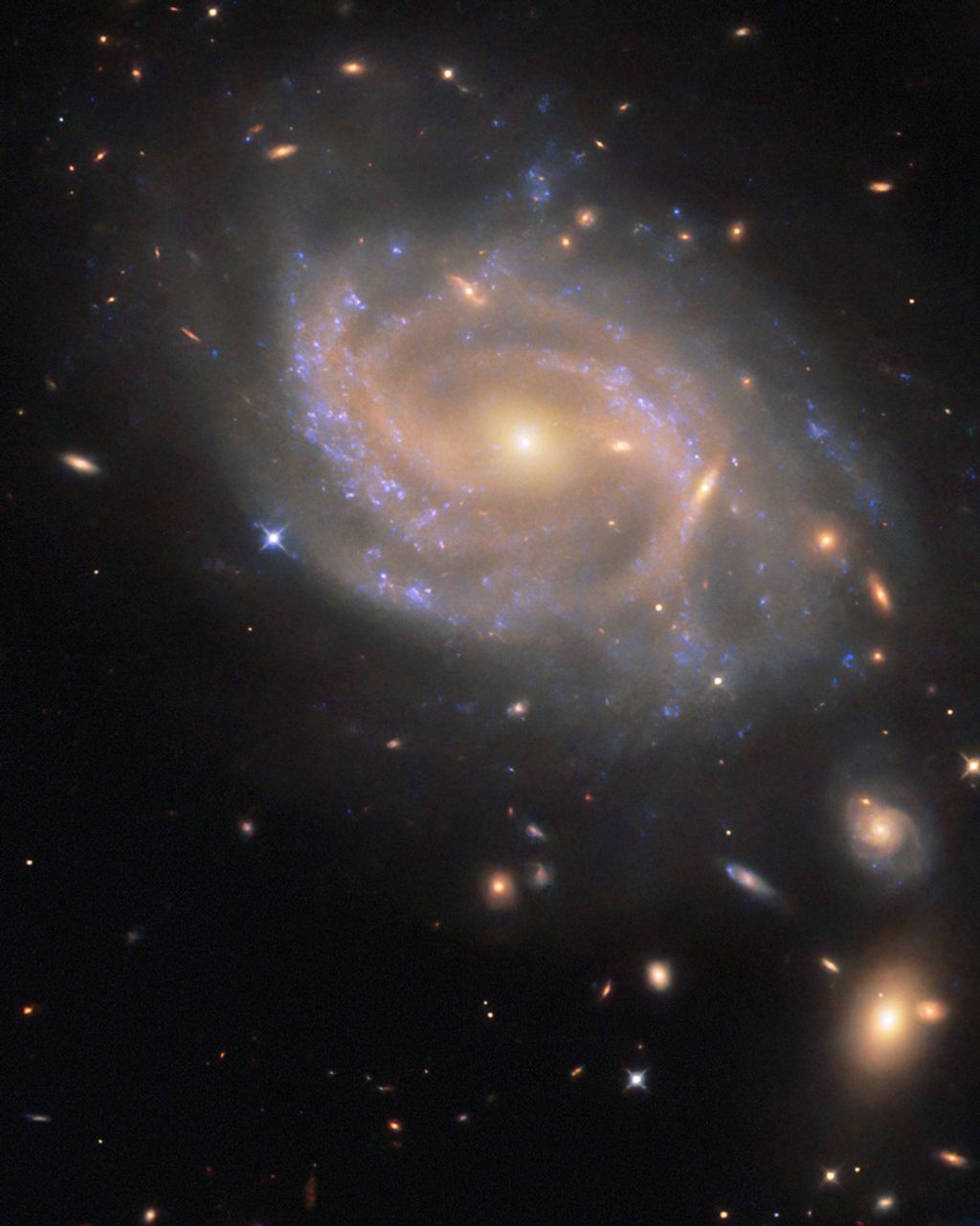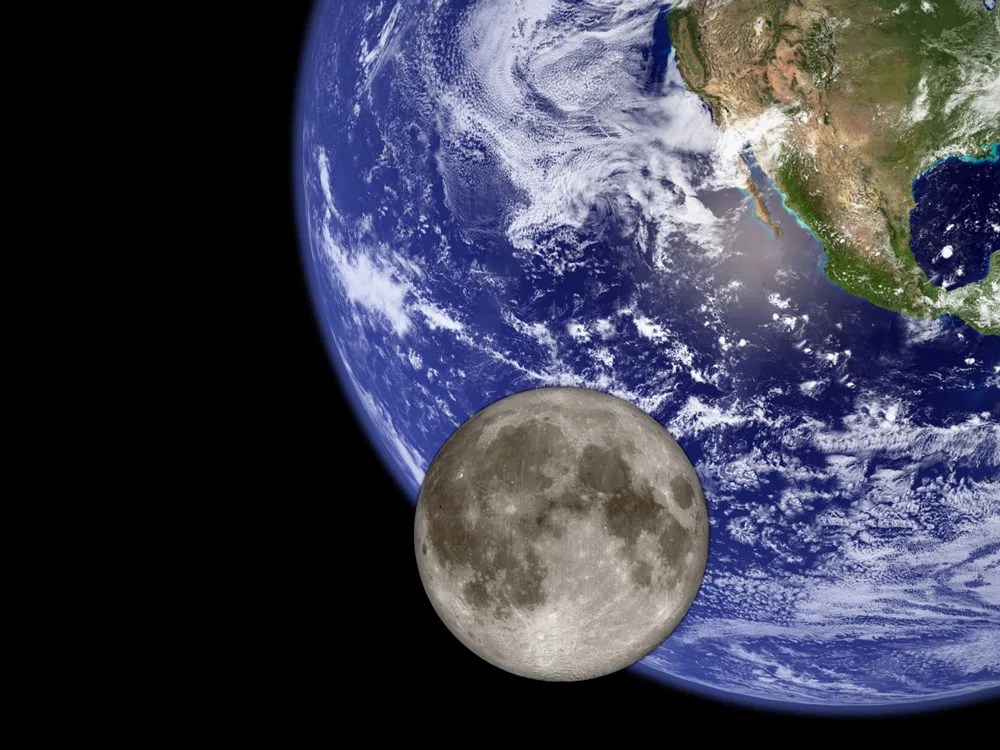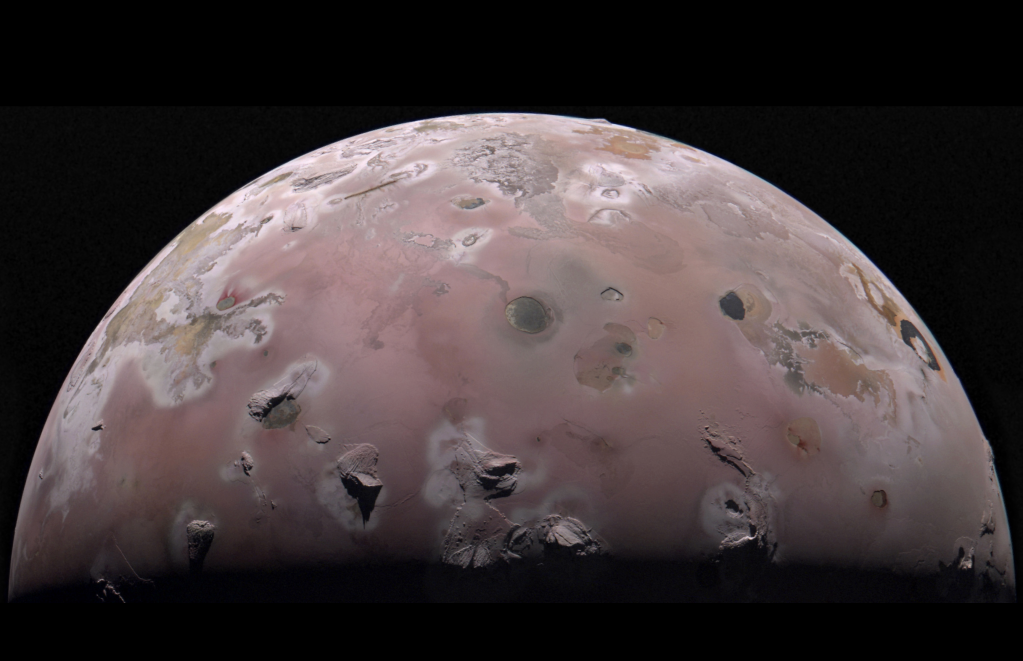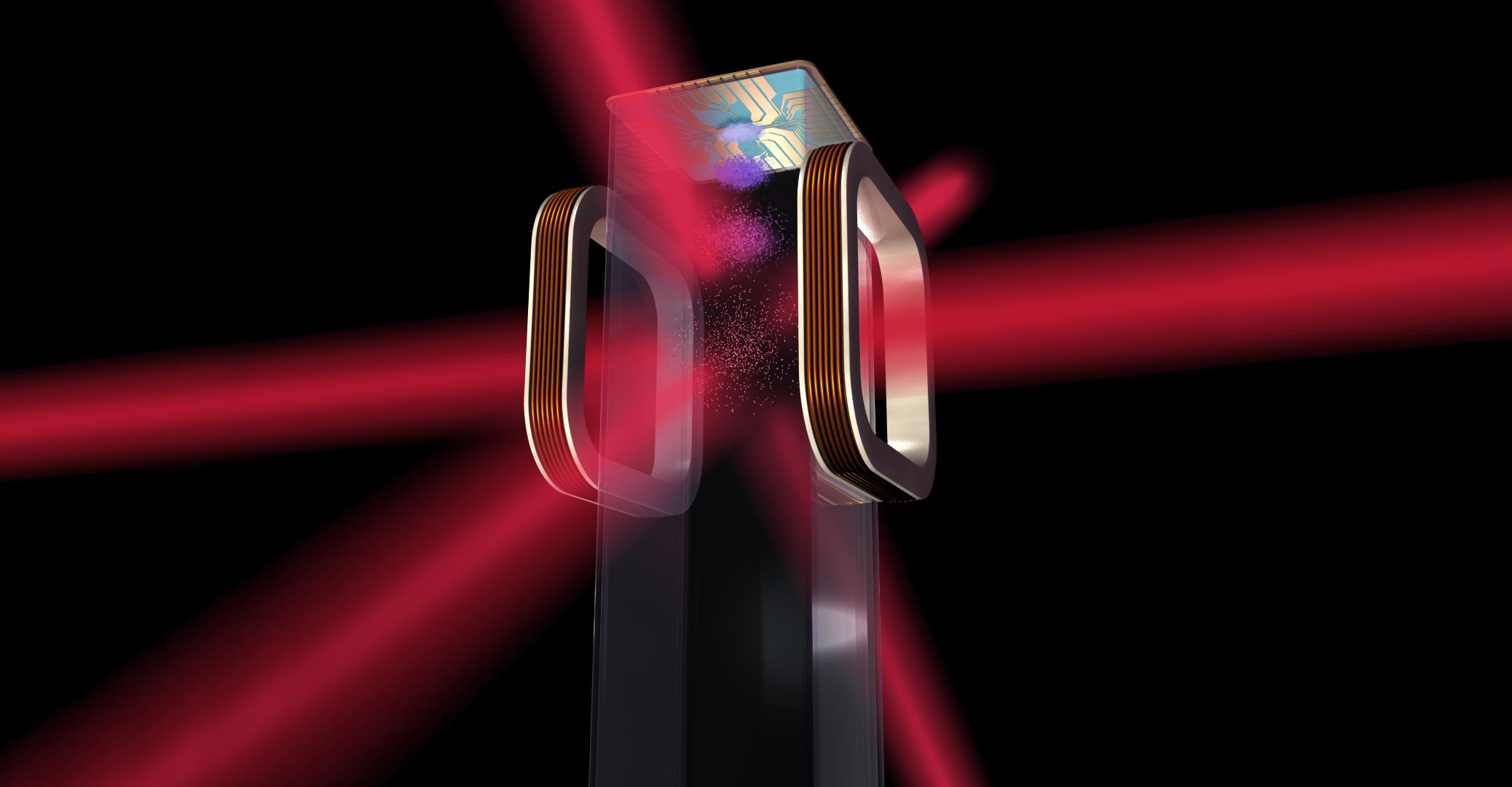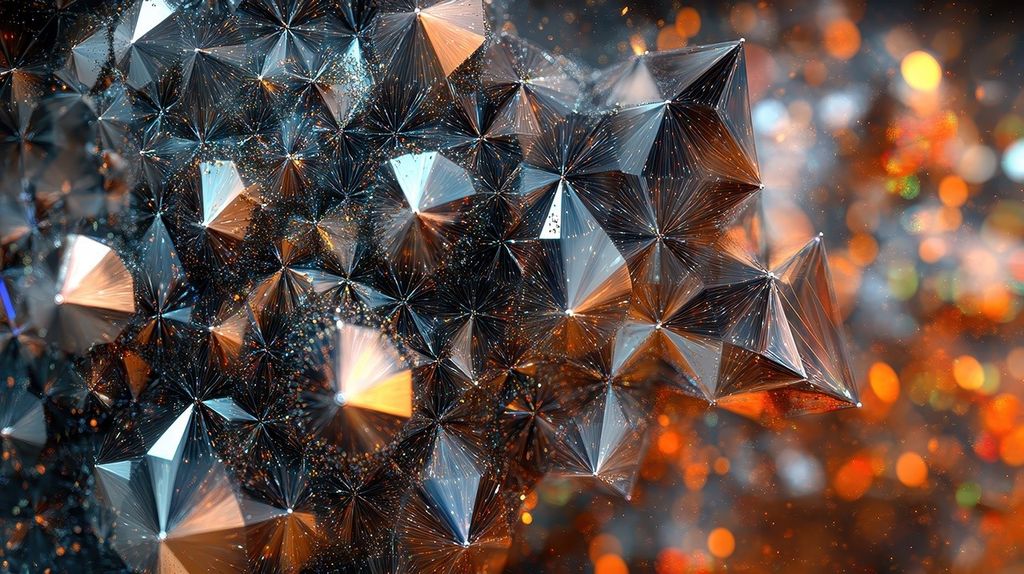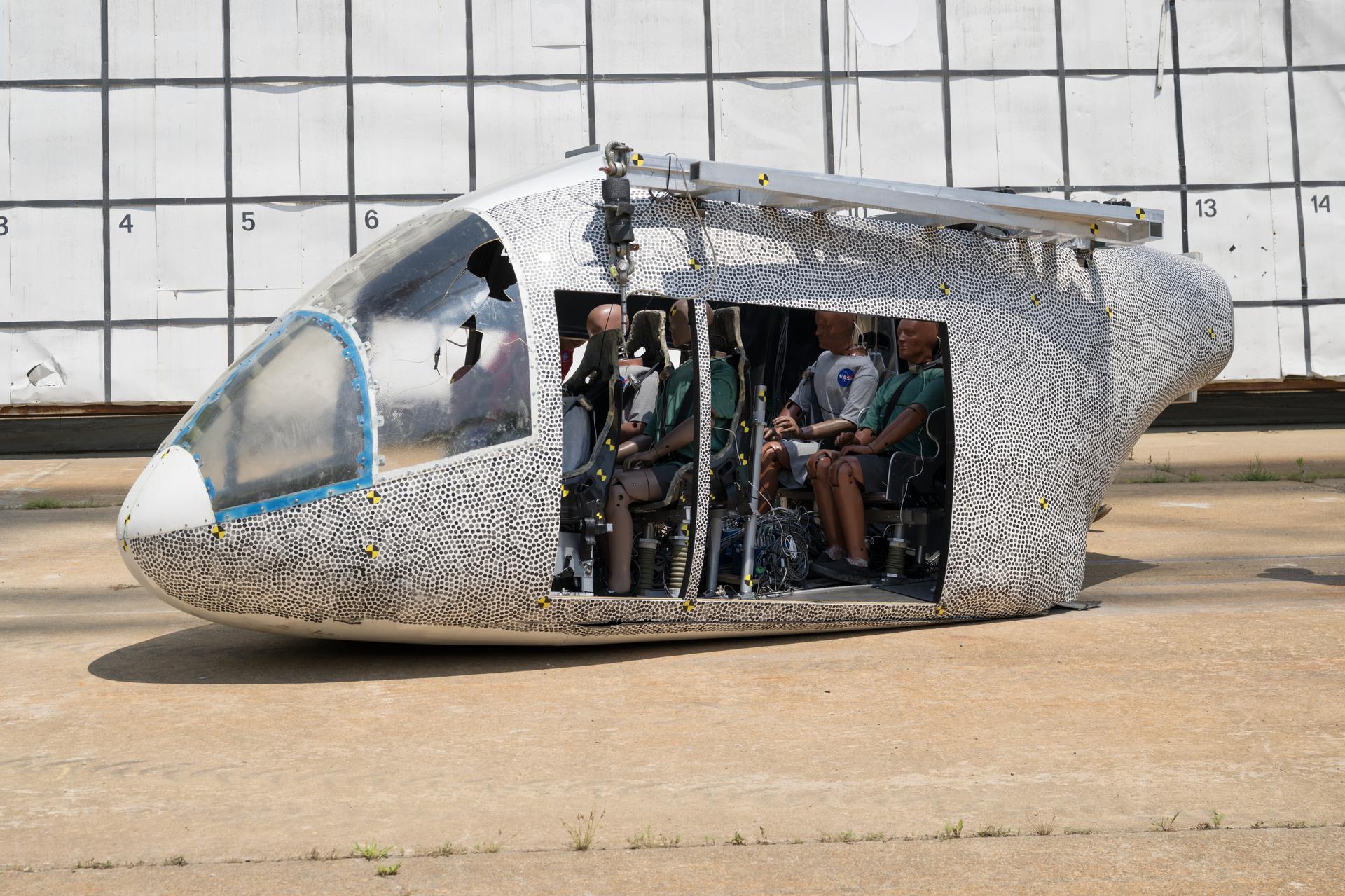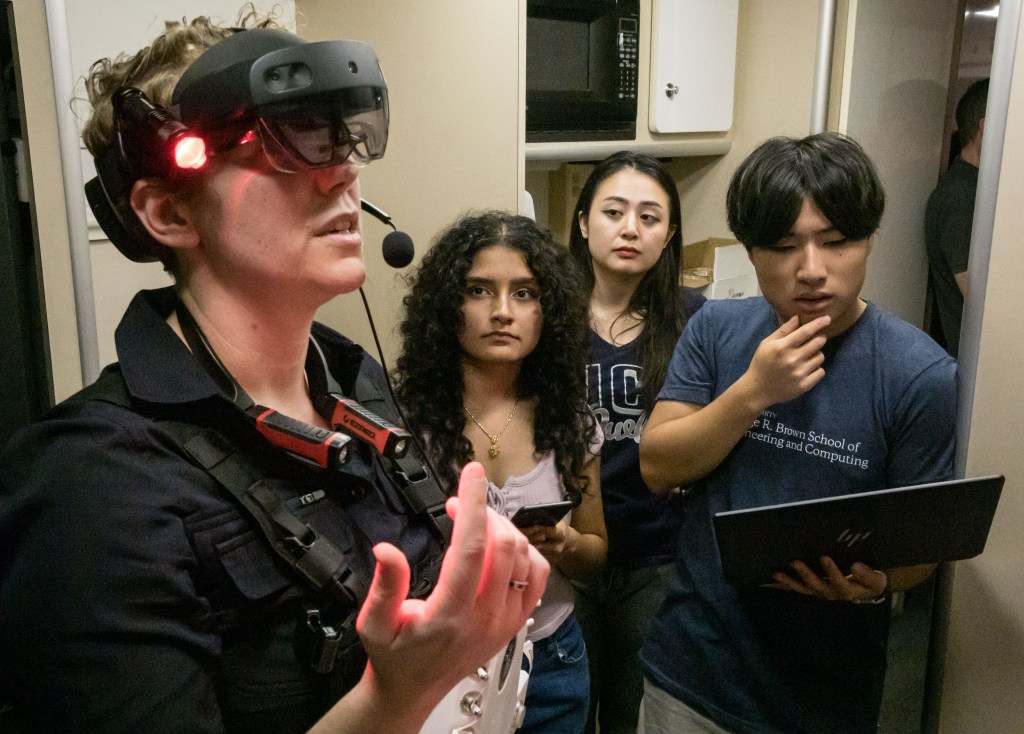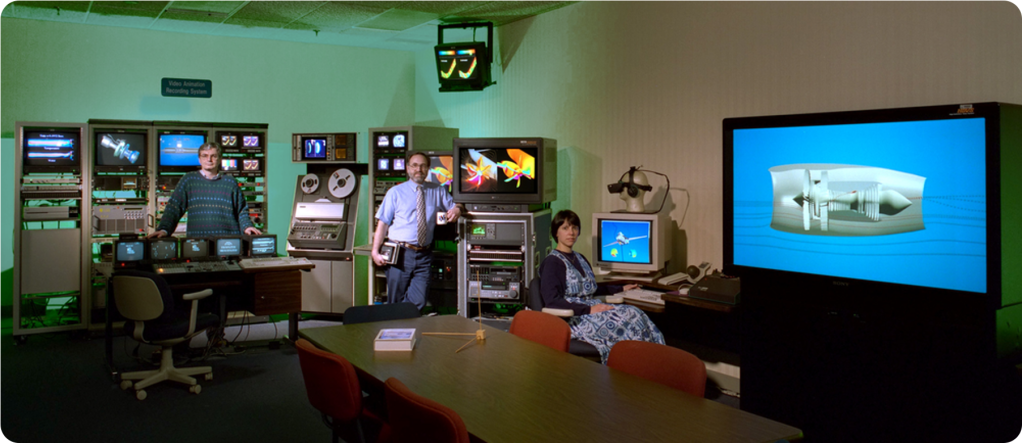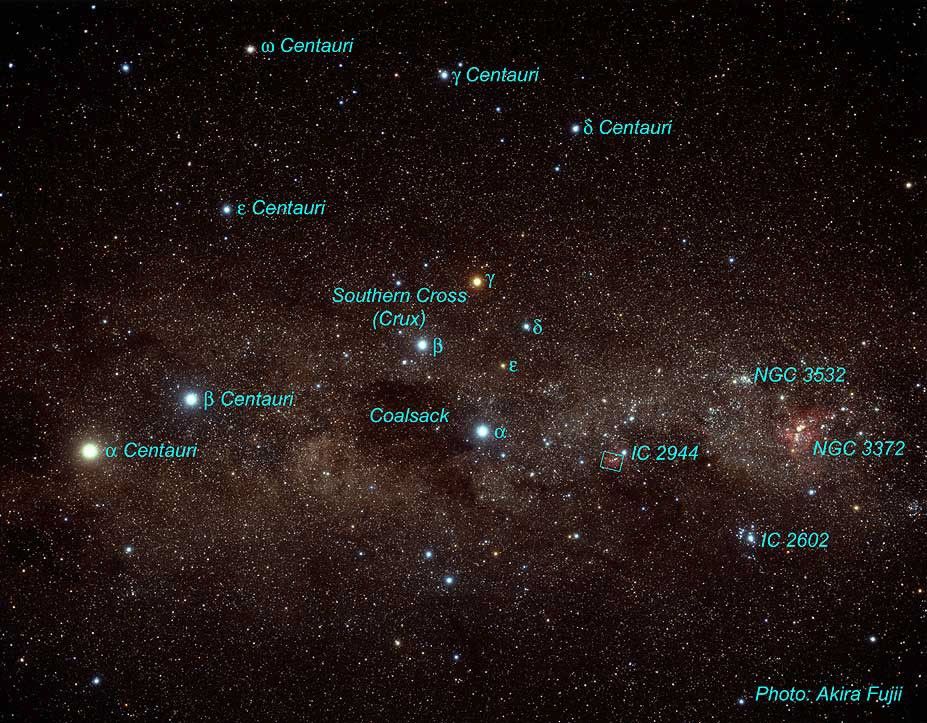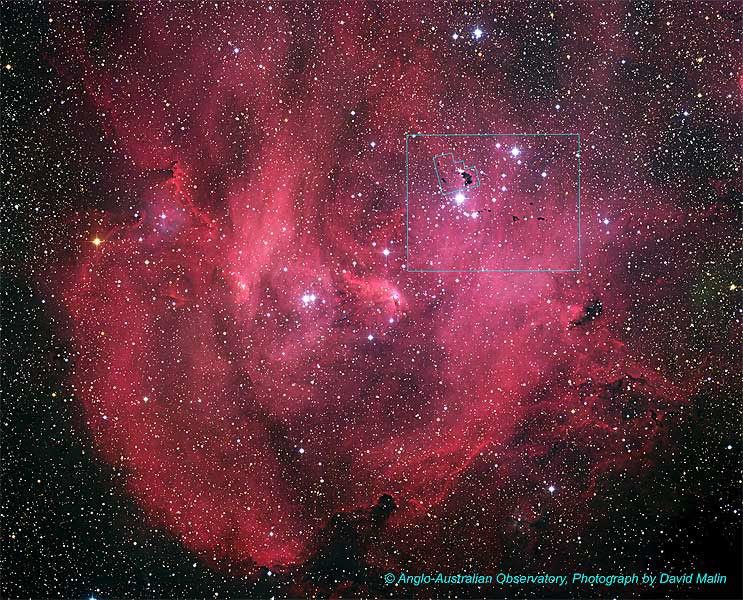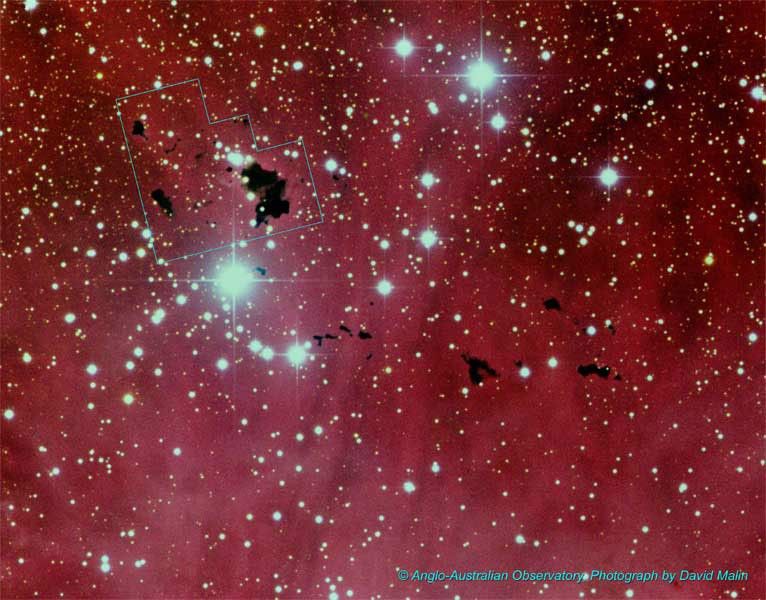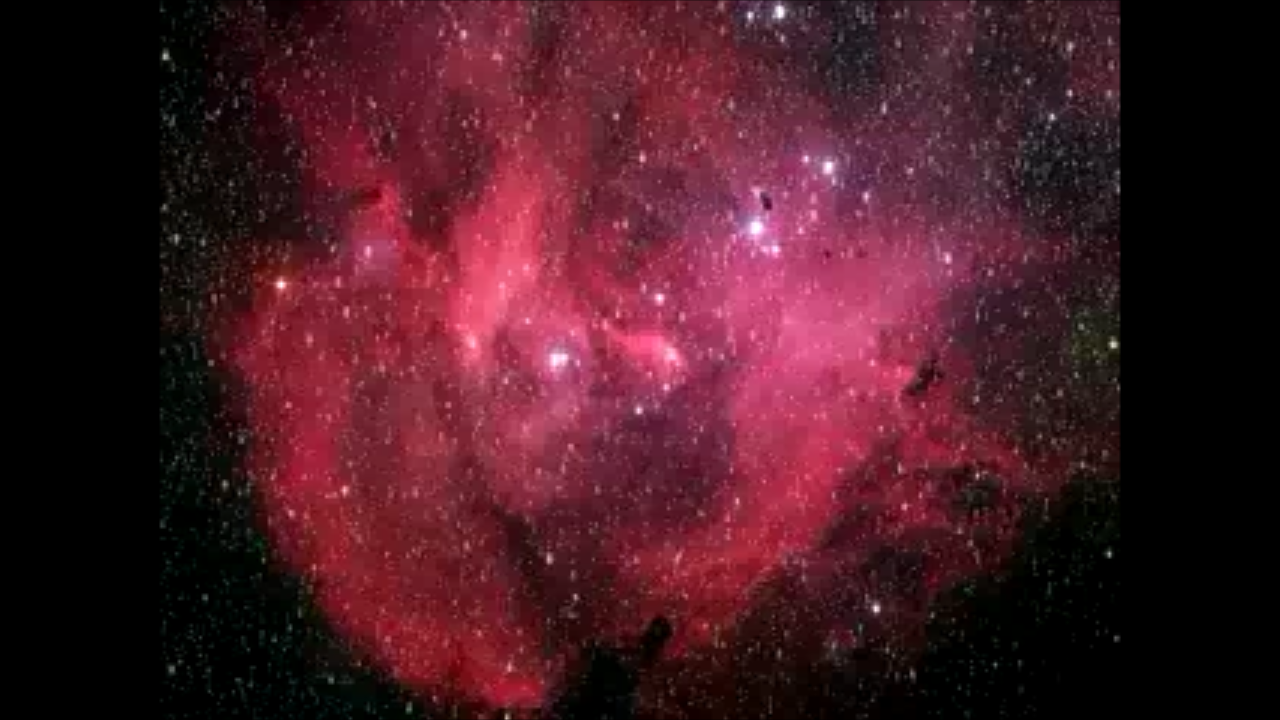1 min read
Thackeray’s Globules: Dense, Opaque Dust Clouds in Star-Forming Region IC 2944

Strangely glowing dark clouds float serenely in this remarkable and beautiful image taken with NASA's Hubble Space Telescope. These dense, opaque dust clouds - known as "globules" - are silhouetted against nearby bright stars in the busy star-forming region, IC 2944. These globules were first found in IC 2944 by astronomer A.D. Thackeray in 1950.
Although globules like these have been known since Dutch-American astronomer Bart Bok first drew attention to such objects in 1947, little is still known about their origin and nature, except that they are generally associated with areas of star formation, called "HII regions" due to the presence of hydrogen gas.
The largest of the globules in this image is actually two separate clouds that gently overlap along our line of sight. Each cloud is nearly 1.4 light-years (50 arcseconds) along its longest dimension, and collectively, they contain enough material to equal over 15 solar masses. IC 2944, the surrounding HII region, is filled with gas and dust that is illuminated and heated by a loose cluster of O-type stars. These stars are much hotter and much more massive than our Sun. IC 2944 is relatively close by, located only 5900 light-years (1800 parsecs) away in the constellation Centaurus.
Thanks to the remarkable resolution offered by the Hubble Space Telescope, astronomers can for the first time study the intricate structure of these globules. The globules appear to be heavily fractured, as if major forces were tearing them apart. When radio astronomers observed the faint hiss of molecules within the globules, they realized that the globules are actually in constant, churning motion, moving supersonically among each other. This may be caused by the powerful ultraviolet radiation from the luminous, massive stars, which also heat up the gas in the HII region, causing it to expand and stream against the globules, leading to their destruction. Despite their serene appearance, the globules may actually be likened to clumps of butter put onto a red-hot pan.
It is likely that the globules are dense clumps of gas and dust that existed before the massive O-stars were born. But once these luminous stars began to irradiate and destroy their surroundings, the clumps became visible when their less dense surroundings were eroded away, thus exposing them to the full brunt of the ultraviolet radiation and the expanding HII region. The new images catch a glimpse of the process of destruction. Had the appearance of the luminous O-stars been a bit delayed, it is likely that the clumps would actually have collapsed to form several more low-mass stars like the Sun. Instead they are now being toasted and torn apart.
The hydrogen-emission image that clearly shows the outline of the dark globules was taken in February 1999 with Hubble's Wide Field Planetary Camera 2 (WFPC2) by Bo Reipurth (University of Hawaii) and collaborators. Additional broadband images that helped to establish the true color of the stars in the field were taken by the Hubble Heritage Team in February 2001. The composite result is a four-color image of the red, green, blue and H-alpha filters.
About the Object
- R.A. PositionR.A. PositionRight ascension – analogous to longitude – is one component of an object's position.11h 38m 20.4s
- Dec. PositionDec. PositionDeclination – analogous to latitude – is one component of an object's position.-63° 22' 22.0"
- ConstellationConstellationOne of 88 recognized regions of the celestial sphere in which the object appears.Centaurus
- DistanceDistanceThe physical distance from Earth to the astronomical object. Distances within our solar system are usually measured in Astronomical Units (AU). Distances between stars are usually measured in light-years. Interstellar distances can also be measured in parsecs.About 1,800 pc (5,900 light-years)
- DimensionsDimensionsThe physical size of the object or the apparent angle it subtends on the sky.The largest cloud is a transposition of two overlapping clouds, each approximately 50 arcseconds in length. At the distance of IC 2944, these dimensions correspond to lengths of ~ 1.4 light-years.
About the Data
- Data DescriptionData DescriptionProposal: A description of the observations, their scientific justification, and the links to the data available in the science archive.
Science Team: The astronomers who planned the observations and analyzed the data. "PI" refers to the Principal Investigator.Note: This image was created from WFPC2 archival data from the science programs by B. Reipurth (Proposal 7381) and from recently executed observations by the Hubble Heritage Team (K. Noll; Proposal 8887). Principal Astronomers: B. Reipurth (University of Hawaii), S. Heathcote (CTIO, Chile), and A. Raga from UNAM (Mexico) The Hubble Heritage Team: K. Noll, H. Bond, C. Christian, L. Frattare, F. Hamilton, J. Lee, Z. Levay, T. Royle (STScI) - InstrumentInstrumentThe science instrument used to produce the data.HST>WFPC2
- Exposure DatesExposure DatesThe date(s) that the telescope made its observations and the total exposure time.February 7, 1999, and February 11, 2001, Exposure Time: 51 minutes
- FiltersFiltersThe camera filters that were used in the science observations.F439W (B), F555W (V), F656N (H-alpha), F675W (R)
- Object NameObject NameA name or catalog number that astronomers use to identify an astronomical object.Thackeray's Globules, IC 2944
- Object DescriptionObject DescriptionThe type of astronomical object.Dark clouds in the HII star-forming region, IC 2944
- Release DateJanuary 3, 2002
- Science ReleaseThackeray’s Globules in IC 2944
- CreditNASA and The Hubble Heritage Team (STScI/AURA); Acknowledgment: Bo Reipurth (University of Hawaii)

Share
Details
Claire Andreoli
NASA’s Goddard Space Flight Center
Greenbelt, Maryland
claire.andreoli@nasa.gov

